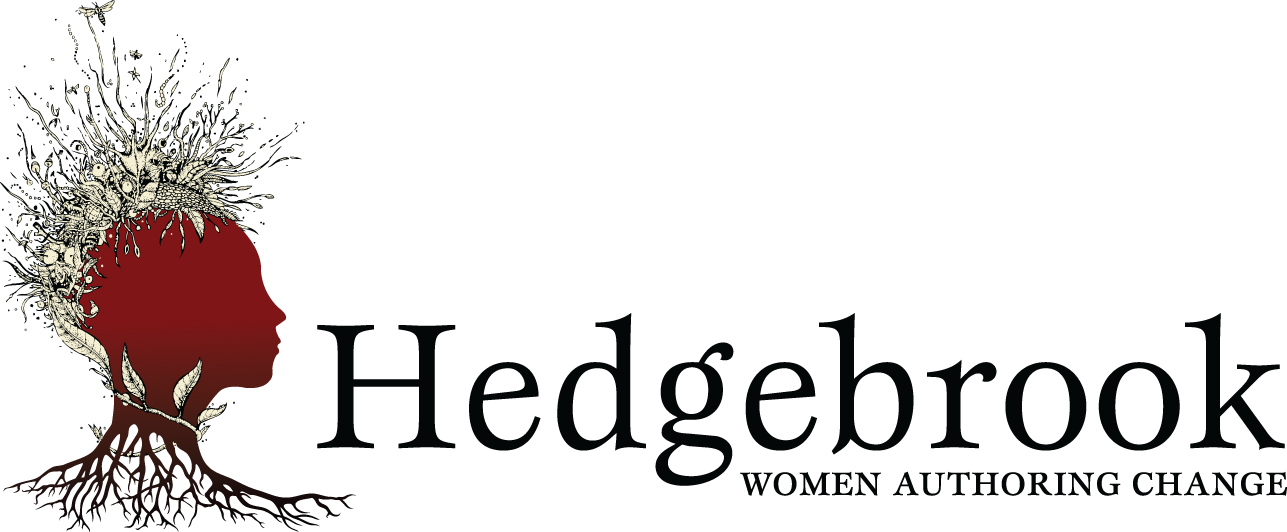The Art of Play
A little over a year ago, I made the long journey from Brisbane, Australia, to Whidbey Island. The days before my arrival at Hedgebrook were days of excitement and uncertainty. What would Hedgebrook really be like? What would the other residents be like? And, most worrying to me, what if I didn’t write furiously the whole time I was there?In 2008, I saw the writer Helen Garner give a keynote address at a conference on the subject of ‘Creativity and Uncertainty’. The entire speech was fascinating—to hear a famous writer talk about all the not writing involved in writing was so reassuring that you could almost hear the assembled crowd’s sighs of relief—but what I will remember most is Garner’s discussion of the importance of play. She talked about what it was like to play in the yard with her two-year-old grandson. At first, Garner is distracted, and can’t connect with the aimlessness of the play. But if she can embrace that very aimlessness, something wonderful happens:We sit in the dirt and poke at it with sticks. I can hear pigeons on the neighbour’s roof. I can smell the tomato plants. The child gives me a companionable smile and passes me a crumb of broken brick. I don’t have to do anything with it, or say anything clever or analytical about it. The form of the game has not yet been crystallised, and it’s not my job to crystallise it.We’re not trying or striving or battling to achieve anything. We’re just sitting together in the dirt, fiddling with rubbish, and looking around. (Garner 2008)Sometimes we need to struggle for hours and days and weeks over a line or a paragraph or a poem. And sometimes the best writing requires us to let go of the struggle, and to immerse ourselves in a moment without a future. Sometimes we need to be suspended in the timeless moment of play, with the freedom to look about and think without direction. Whether in writing or in life itself, this play can free us from being so goal-oriented—which is good, because books, unruly things that they are, refuse to be written on production lines.My anxiety about whether I would write ‘enough’ at Hedgebrook evaporated fairly quickly. No one was looking over my shoulder. There was no competition. For the first time in my life, I had a space entirely to myself, and I cherished it by doing whatever the hell I liked. I spent a lot of time lying on my bed thinking about things. Thinking about my manuscript, mainly, but also delighting in the possibility of not thinking, or of letting my thoughts go wherever they wanted, to open any door or lift any stone that intrigued them.And this play is what I will remember most. The feeling of freedom, and the absorption that quickly follows. It’s not just about absorption in the writing, but in everything around you, including the other women in residence: absorption in Cathy’s garden, among the flowers and the sun-warm raspberries; absorption in readings of our work as we huddled around the fire that Xoaquima built; absorption as I sat on a log at the beach with Sarah, our toes dowsing for shells in the sand. Of course, there were long hours of dissecting my manuscript, rewriting, reordering, and quite a few hours of despairing, too. But the best moments with the manuscript were those times when I could free myself from expectation, and allow the work, and myself, to just sit in the dirt and look around. Michelle Dicinoski was at Hedgebrook in July-August 2010. Her poetry collection, Electricity for Beginners, was published in June 2011.
about absorption in the writing, but in everything around you, including the other women in residence: absorption in Cathy’s garden, among the flowers and the sun-warm raspberries; absorption in readings of our work as we huddled around the fire that Xoaquima built; absorption as I sat on a log at the beach with Sarah, our toes dowsing for shells in the sand. Of course, there were long hours of dissecting my manuscript, rewriting, reordering, and quite a few hours of despairing, too. But the best moments with the manuscript were those times when I could free myself from expectation, and allow the work, and myself, to just sit in the dirt and look around. Michelle Dicinoski was at Hedgebrook in July-August 2010. Her poetry collection, Electricity for Beginners, was published in June 2011.
